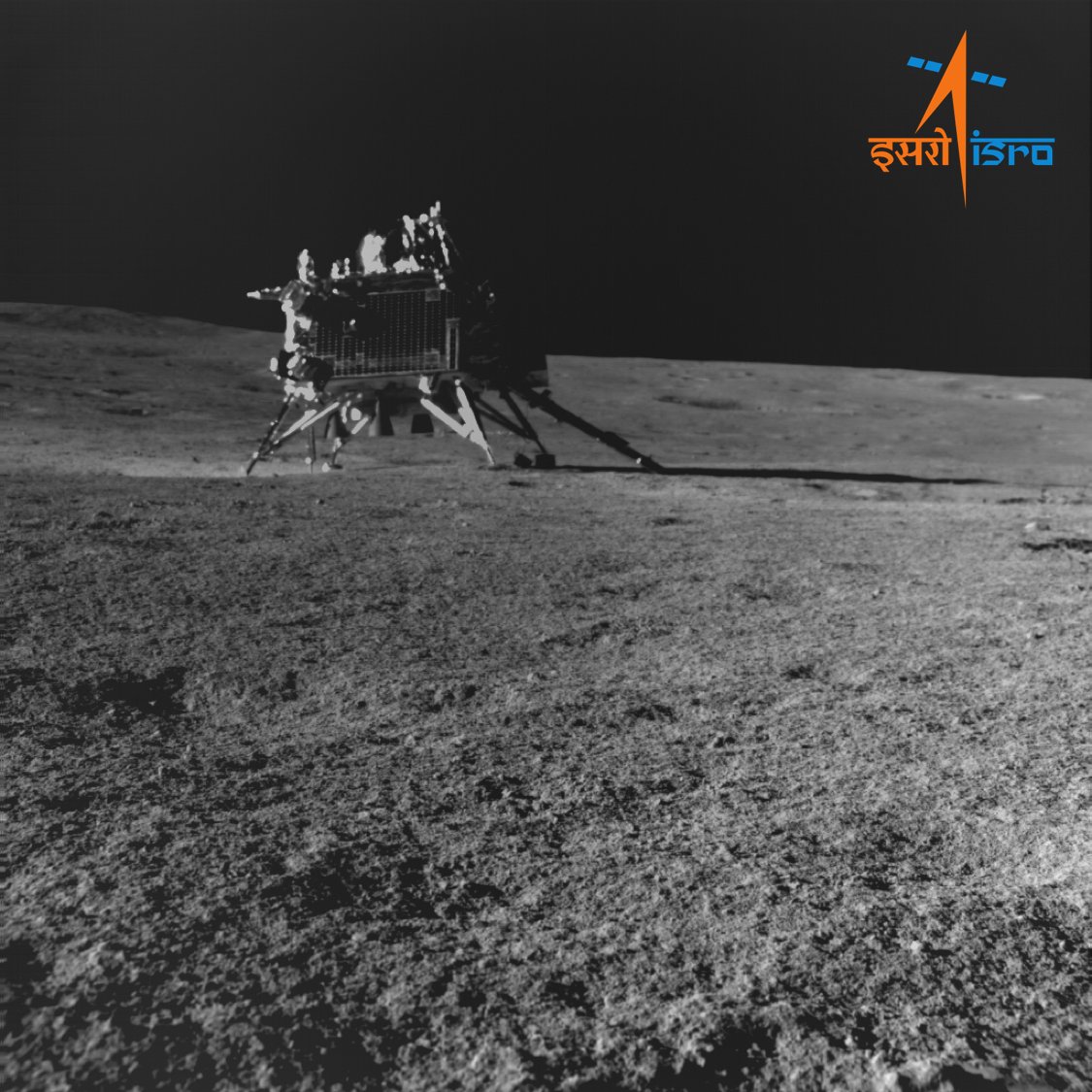The Indian Space Research Organization (ISRO) announced the termination of attempts to contact the Vikram descent platform and the Pragyan lunar rover. Thus, the organization recognized the completion of their mission.
The Sun had set again at the Shiv Shakti point around thursday last week, practically ending all hopes of Vikram and Pragyan ever waking up. ???? #ISRO
However, this takes nothing away from the success of #Chandrayaan3. Their successful awakening would’ve only been a bonus and the… pic.twitter.com/ETKfnWNW4u
— ISRO Spaceflight (@ISROSpaceflight) October 9, 2023
The Vikram descent platform separated from the flight module of the Chandrayaan-3 mission on August 17. Six days later, it made a successful landing in the southern polar region of the Moon, making India the fourth country in history to achieve such an achievement.
After landing, Vikram launched the Pragyan lunar rover. Over the following days, it traveled about a hundred meters on the lunar surface. The lunar rover and the platform transmitted to Earth a number of images of the surrounding area, as well as measured the temperature and conducted a chemical analysis of the local soil. Aluminum, iron, calcium, chromium, titanium, manganese, oxygen and silicon, as well as sulfur were found in it.

In addition, Vikram participated in a curious experiment on the “jump”. After the engineers reactivated its engine, the platform rose up 40 cm and sat down about 40 cm from its original landing site.
The approach of the lunar night marked the end of the scientific program of the mission. Since neither Pragyan nor Vikram had radioisotope heating elements, their probability of surviving a two-week overnight stay at temperatures falling below -120 °C was estimated as not very high. Nevertheless, ISRO engineers took all possible measures to increase the chances of survival of the lunar rover and the platform.
On September 22, the Sun rose again over the landing site of Vikram and Pragyan and ISRO began to make active attempts to resume communication with them. Unfortunately, despite all the efforts of specialists, they did not manage to hear the signal. On October 6, the landing site of Vikram and Pragyan was again plunged into darkness. After that, ISRO officially recognized the completion of their work.
Despite the fact that Vikram and Pragyan failed to wake up, they fully completed all the tasks assigned to them. In addition, the Chandrayaan-3 flight module is still operating in lunar orbit. It is equipped with a scientific instrument that measures the spectral and polarimetric characteristics of the Earth. This data will be useful for scientists studying Earth-like exoplanets.
Follow us on Twitter to get the most interesting space news in time
https://twitter.com/ust_magazine
